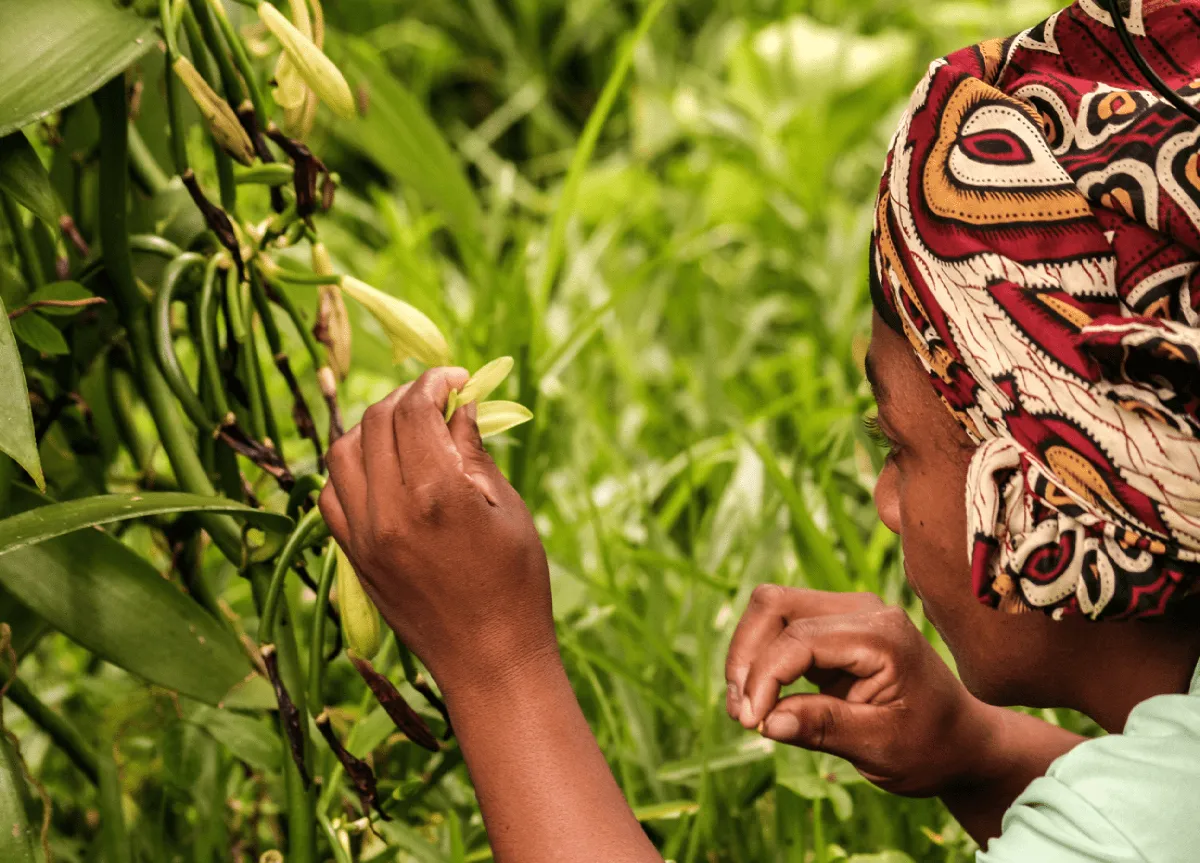MJ Morgan presents a potted round-up of African base metals.
Iron ore
At around $140/t, prices are 20% down on their September high for iron ore. Ian Ashby, the head of world’s biggest miner, BHP Billiton’s iron ore division, made some rather pessimistic remarks about the industry’s prospects, pointing to slower, single-digit growth in China – consumer of some 20% of the world’s steel. China’s economy is forecast to grow by around 8% this year; its steel consumption grew 40% over the past five years.
Nevertheless, iron ore demand is still expected to double by 2030 to 3.5bt and BHP is still investing in spite of these apprehensions. Rio Tinto estimates an additional 100mt a year of iron ore will need to be mined globally each year for the next seven years to meet demand forecasts.
Anglo American, keen to increase their share of the seabourne iron ore market, is investing heavily in its Sishen project in South Africa, which is expected to grow capacity to 9mt/year by the end of 2013. Namibia has just approved a major project at Shiyela. South Africa remains the fourth-largest supplier of iron ore to China.
The new 30% Australian tax is likely to provide a boost to exporters in South Africa, Mauritania, Liberia (home of Simandou, the biggest find since Pilbara in Western Australia – the backbone of the Australian economy), Guinea (where Bellzone has just started production at Forecariah and where Sable has found some very high grade deposits this week) as well as Cameroon.
Copper
According to the hoary old maxim, economists call it ‘Dr Copper’ because it’s the only metal with a PhD in economics! Five years ago copper prices were more or less where they are today. Since then they have fallen as low as $3,000/t around the New Year in 2009 and as high as $10,000/t a little over a year ago. 2012 has seen copper prices rise 13% from $7,500/t to $8,500/t.
Currently, prices seem to be a trade-off between optimism about US growth versus pessimism about Chinese growth. Lately, rising stockpiles and strong signals from Washington that quantitative easing is over have weighed on prices. Barclays Capital estimates that the copper market will be 376,000t in deficit this year.
With the market still in deficit, Europe recovering, frequent production stoppages, strong emerging market growth (aside from possibly flatter Chinese demand, as with iron ore) and little new supply coming online, this year should be a solid one for the continent’s copper miners.
The new pay deals reached in Zambia – in the region of 17% – suggest President Michael Sata has reached an accommodation with the foreign investors, in particular the Chinese, that he had slammed during his election campaign.
The country recently said that the sector had attracted $5bn of investment over the past 10 years as it seeks to produce 1.5mt p/a by 2016. Metals, mostly copper, contributed 70% of its $9bn export earnings last year as the economy grew 6.7%. However, a lot of work needs to be done to increase productivity. Output per head in Chile, the greatest copper producer, stands at 100t per worker compared to just 15t in Zambia. Given that a shortage of qualified labour is a big problem for the industry, improving this metric is absolutely essential.
Prices have oscillated in 2012 between $8,200/t and $8,700/t, and are currently at $8,500/t, which is right in the middle of the 12-month range of $7-10,000/t.
Rio Tinto CFO Guy Elliott remains confident: “I don’t think we have a problem with orders in any area, certainly not in copper”. The company believes that copper demand, driven most strongly by the urbanisation of China and India, mean that an additional 6.5mt of copper output will be needed by 2018.
Want to continue reading? Subscribe today.
You've read all your free articles for this month! Subscribe now to enjoy full access to our content.
Digital Monthly
£8.00 / month
Receive full unlimited access to our articles, opinions, podcasts and more.
Digital Yearly
£70.00 / year
Our best value offer - save £26 and gain access to all of our digital content for an entire year!
 Sign in with Google
Sign in with Google 



